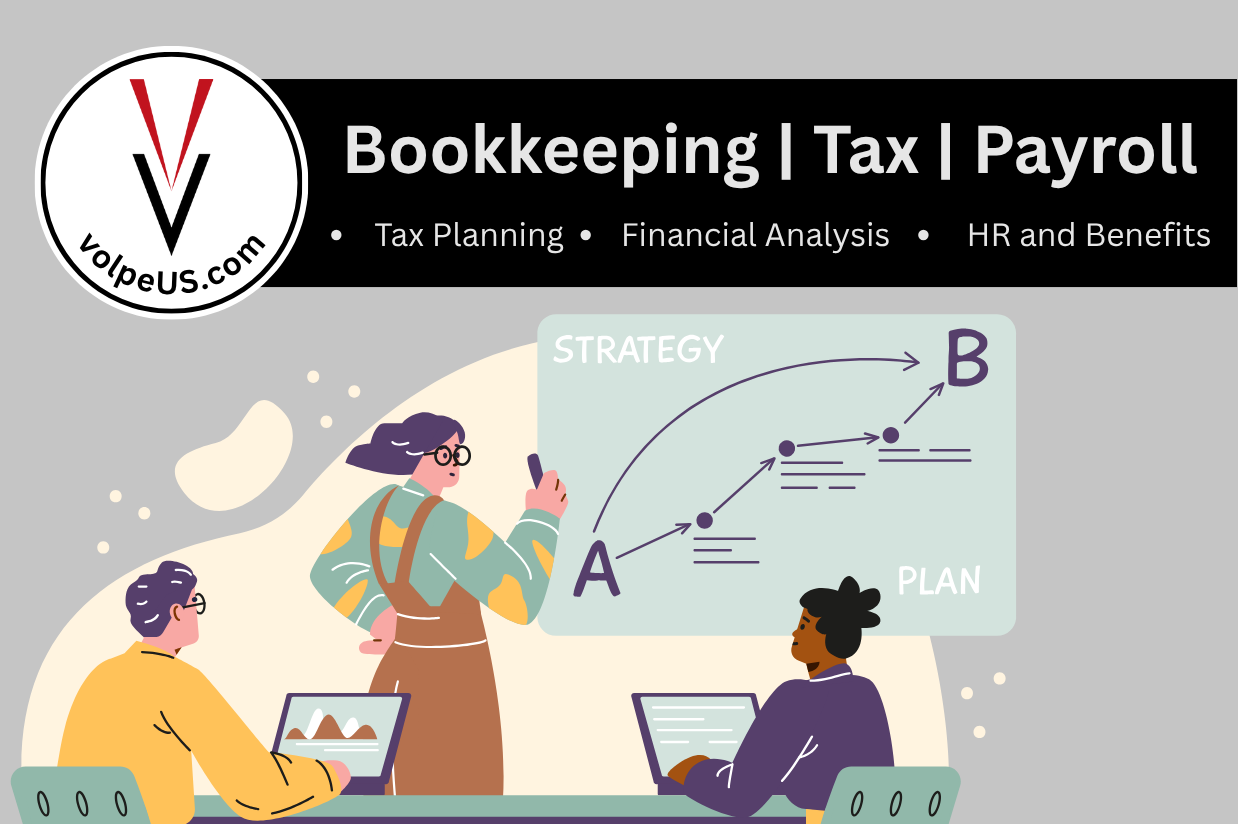Jump to a Specific Section
I just received a notice from the IRS, what does it mean?
Other than bills or late payment notices, one of the most dreadful things an American can receive in the mail is a letter from the IRS. The IRS, or Internal Revenue Service, works on behalf of the Treasury Secretary to make sure “everyone” is meeting their tax responsibilities. The word “everyone” is used very loosely.
Taxes are a part of our everyday life and one of the most universally hated expenses by all Americans.
If you are lucky, you may have to do very little when it comes to filing taxes. In fact, you may be someone who simply gets to sit back and wait for your tax return to come in each year and never even have to worry about whether or not your taxes were filed or if you paid the right amount because your employer handles all of those things.
For some, that is not always the case. If you received a letter from the IRS, it is important not to panic. Millions of Americans receive notices each year, and we are here to walk you through the different types of notices/codes and how we, as accountants in St. Louis, Missouri, advise you to respond to each.
10 of the most common notices/codes from the IRS
The table below provides a list of some of the most common notices, letters, and CP (Computer Paragraph) codes sent out by the Internal Revenue Service. Click a code name to jump to that section with a more detailed description.
| Notice Code | Description |
|---|---|
| CP 11 | Underpaid, additional payment required |
| CP 12 | Overpaid, refund will be adjusted |
| CP 49 | Overpaid, amount applied to other taxes owed |
| CP 59 | First notice to file your tax return |
| CP 501 | Reminder to pay your taxes |
| CP 503 | Second reminder to pay your taxes |
| CP 503 | Third reminder, action required immediately |
| CP 523 | Missed installment payment, assets may be seized |
| CP 2000 | Inconsistencies in payments/income listed |
| Letter 12C | Additional information need to process return |
What is IRS Notice CP 11?
If you received a CP11 Notice from the IRS, it means you have underpaid and are required to make an additional payment. The notice will explain the discrepancies found as well as the steps to take.
How to respond to Notice CP11
Review the notice and the details listed within. If you agree with the changes made by the IRS, you can make the payment of the amount listed. Make sure the payment is made before the stated deadline.
If you do not agree with the changes, contact the IRS within 60 days by mail or telephone to provide additional information.
Source: IRS CP11 Notice
What is IRS Notice CP 12?
One letter that you will likely look forward to seeing from the IRS is Notice CP12. CP 12 is a letter from the IRS stating that an overpayment has been identified and you will be given a refund.
How to respond to Notice CP12
If you agree with the overpayment identified by the IRS, there is no additional action required. They will send a refund check in the mail that you will receive in 4-6 weeks.
If you do not agree with the changes made in CP12, you will need to contact the IRS within 60 days.
Source: IRS CP12 Notice
What is IRS Notice CP 49?
Notice CP 49 is a letter from the IRS to inform you that part or the entirety of your refund has been used to pay outstanding tax debt. In other words, you owed a payment on taxes and that amount was deducted from your return to make the payment.
How to respond to Notice CP49
If you agree with the notice, no additional action is required unless your return was not able to cover the entire amount of outstanding debt. In that case, you will need to make a payment to cover the remaining debt.
If you do not agree with the information listed on Notice CP49, you can contact the IRS by phone at the number listed in the top right corner of the document.
Source: IRS CP49 Notice
What is IRS Notice CP501, CP502, and CP503?
CP501 Notice from the IRS is your first notice that you have not paid your taxes that are due. This notice will explain how much you owe, the deadlines for making a payment, and your options for payments.
CP502 is a second notice from the IRS reminding you that a tax payment is overdue.
CP503 is a third notice from the IRS that is an urgent reminder that your tax payment is due and property/assets may be seized.
How to Respond to Notices CP501, CP502, CP503
It is important that you address these notices as soon as possible. On each notice will be directions on how to make a payment or contact information if you need to speak with someone. Two options include:
You can also speak with a local accounting firm to review your returns or discuss your options.
What is IRS Notice CP523?
The IRS website states, “If you received a CP523, CP523 (SP) or CP623 Notice, the IRS is informing you of the intent to terminate your installment agreement and seize (levy) your assets. You have defaulted on your agreement.”
These notices are received when you have set up installment payments for your taxes and have missed one or multiple payments. If a payment is not made by the deadline listed on the notice(s), your assets may be levied by the IRS to cover costs.
How to respond to Notices CP523 and CP623
You will need to continue making your installment payments before the deadline to avoid termination of your installment agreement or loss of assets.
What is IRS Notice CP2000?
One of the more common IRS letters is CP2000. IRS CP2000 is a notice that the information they received from a third party (I.e. your employer) is different from the information you listed on your tax return.
This means that there are inconsistencies that may cause either in increase or decrease in your tax return. Additional information will be provided on the notice outlining these discrepancies/inconsistencies.
How to respond to Notice CP2000
The IRS website states:
- If you agree with the proposed changes, follow the instructions to sign the response form. We require both spouses’ signatures if you filed married filing jointly.
- If you disagree, complete and return the response form. Provide a signed statement explaining why you disagree and supply any documentation, such as a corrected W-2, 1099, or missing forms, to support your statement.
Source: IRS CP2000 Notice
Taking action after receiving a notice from the Internal Revenue Service
Having your taxes under control can seem like an unachievable task or an annual stress you will have to deal with until the day you die, but, if you are able to get to a point where your or a trusted accountant gets you caught up and organized, it will relieve a huge amount of stress.
For more information, you can either contact the St. Louis accounting firm at Volpe or read our article on How to Respond to Notices from the IRS.















